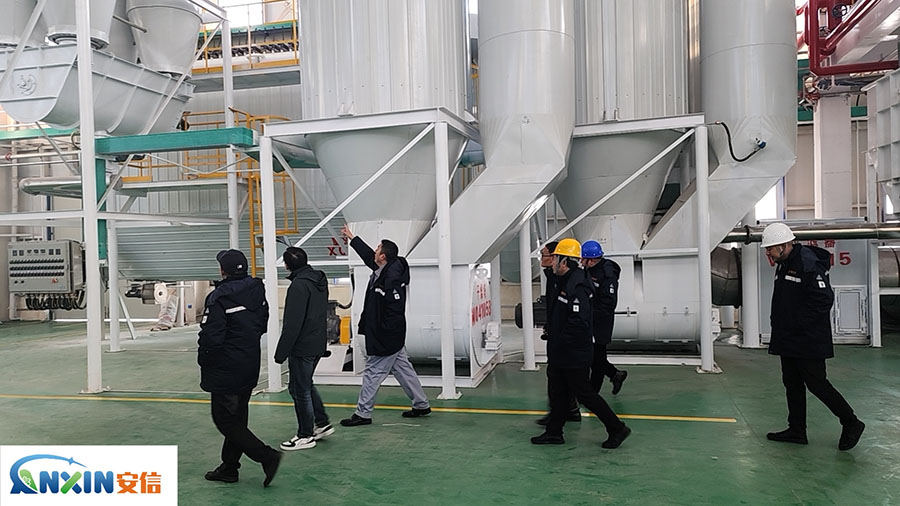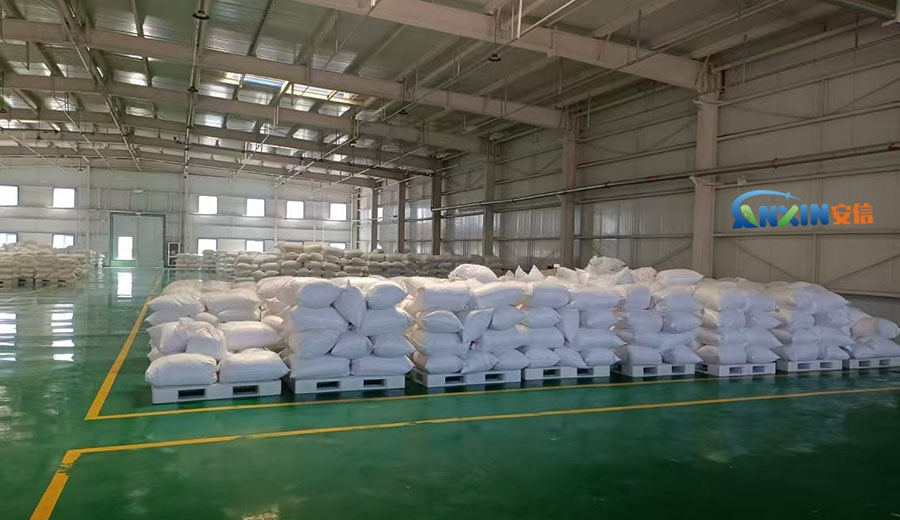Hydroxypropyl methylcellulose (HPMC) is a water-soluble polymer compound widely used in construction, medicine, food and chemical industries. It is a non-ionic cellulose ether obtained by chemical modification of natural cellulose, with good thickening, emulsification, stabilization and film-forming properties. However, under high temperature conditions, HPMC will undergo thermal degradation, which has an important impact on its stability and performance in practical applications.
Thermal degradation process of HPMC
The thermal degradation of HPMC mainly includes physical changes and chemical changes. Physical changes are mainly manifested as water evaporation, glass transition and viscosity reduction, while chemical changes involve the destruction of molecular structure, functional group cleavage and final carbonization process.

1. Low temperature stage (100–200°C): water evaporation and initial decomposition
Under low temperature conditions (around 100°C), HPMC mainly undergoes water evaporation and glass transition. Since HPMC contains a certain amount of bound water, this water will gradually evaporate during heating, thus affecting its rheological properties. In addition, the viscosity of HPMC will also decrease with the increase of temperature. The changes in this stage are mainly changes in physical properties, while the chemical structure remains basically unchanged.
When the temperature continues to rise to 150-200°C, HPMC begins to undergo preliminary chemical degradation reactions. It is mainly manifested in the removal of hydroxypropyl and methoxy functional groups, resulting in a decrease in molecular weight and structural changes. At this stage, HPMC may produce a small amount of small volatile molecules, such as methanol and propionaldehyde.
2. Medium temperature stage (200-300°C): main chain degradation and small molecule generation
When the temperature is further increased to 200-300°C, the decomposition rate of HPMC is significantly accelerated. The main degradation mechanisms include:
Ether bond breakage: The main chain of HPMC is connected by glucose ring units, and the ether bonds in it gradually break under high temperature, causing the polymer chain to decompose.
Dehydration reaction: The sugar ring structure of HPMC may undergo a dehydration reaction at high temperature to form an unstable intermediate, which is further decomposed into volatile products.
Release of small molecule volatiles: During this stage, HPMC releases CO, CO₂, H₂O and small molecule organic matter, such as formaldehyde, acetaldehyde and acrolein.
These changes will cause the molecular weight of HPMC to drop significantly, the viscosity to drop significantly, and the material will begin to turn yellow and even produce coking.

3. High temperature stage (300–500°C): carbonization and coking
When the temperature rises above 300°C, HPMC enters a violent degradation stage. At this time, the further breakage of the main chain and the volatilization of small molecule compounds lead to the complete destruction of the material structure, and finally form carbonaceous residues (coke). The following reactions mainly occur in this stage:
Oxidative degradation: At high temperature, HPMC undergoes oxidation reaction to generate CO₂ and CO, and at the same time form carbonaceous residues.
Coking reaction: Part of the polymer structure is transformed into incomplete combustion products, such as carbon black or coke residues.
Volatile products: Continue to release hydrocarbons such as ethylene, propylene, and methane.
When heated in air, HPMC may further burn, while heating in the absence of oxygen mainly forms carbonized residues.
Factors affecting thermal degradation of HPMC
The thermal degradation of HPMC is affected by many factors, including:
Chemical structure: The degree of substitution of hydroxypropyl and methoxy groups in HPMC affects its thermal stability. Generally speaking, HPMC with a higher hydroxypropyl content has better thermal stability.
Ambient atmosphere: In air, HPMC is prone to oxidative degradation, while in an inert gas environment (such as nitrogen), its thermal degradation rate is slower.
Heating rate: Rapid heating will lead to faster decomposition, while slow heating may help HPMC to gradually carbonize and reduce the production of gaseous volatile products.
Moisture content: HPMC contains a certain amount of bound water. During the heating process, the evaporation of moisture will affect its glass transition temperature and degradation process.
Practical application impact of thermal degradation of HPMC
The thermal degradation characteristics of HPMC are of great significance in its application field. For example:
Construction industry: HPMC is used in cement mortar and gypsum products, and its stability during high-temperature construction must be considered to avoid degradation affecting the bonding performance.
Pharmaceutical industry: HPMC is a drug controlled release agent, and decomposition must be avoided during high-temperature production to ensure the stability of the drug.
Food industry: HPMC is a food additive, and its thermal degradation characteristics determine its applicability in high-temperature baking and processing.

The thermal degradation process of HPMC can be divided into water evaporation and preliminary degradation in the low-temperature stage, main chain cleavage and small molecule volatilization in the medium-temperature stage, and carbonization and coking in the high-temperature stage. Its thermal stability is affected by factors such as chemical structure, ambient atmosphere, heating rate and moisture content. Understanding the thermal degradation mechanism of HPMC is of great value to optimize its application and improve material stability.
Post time: Mar-28-2025